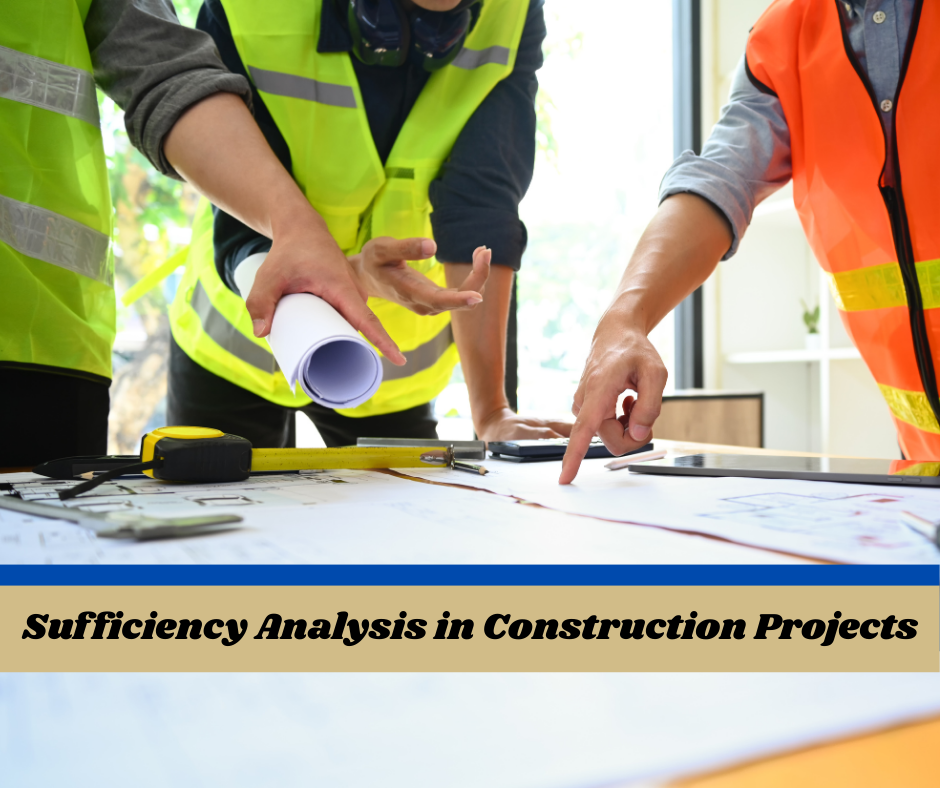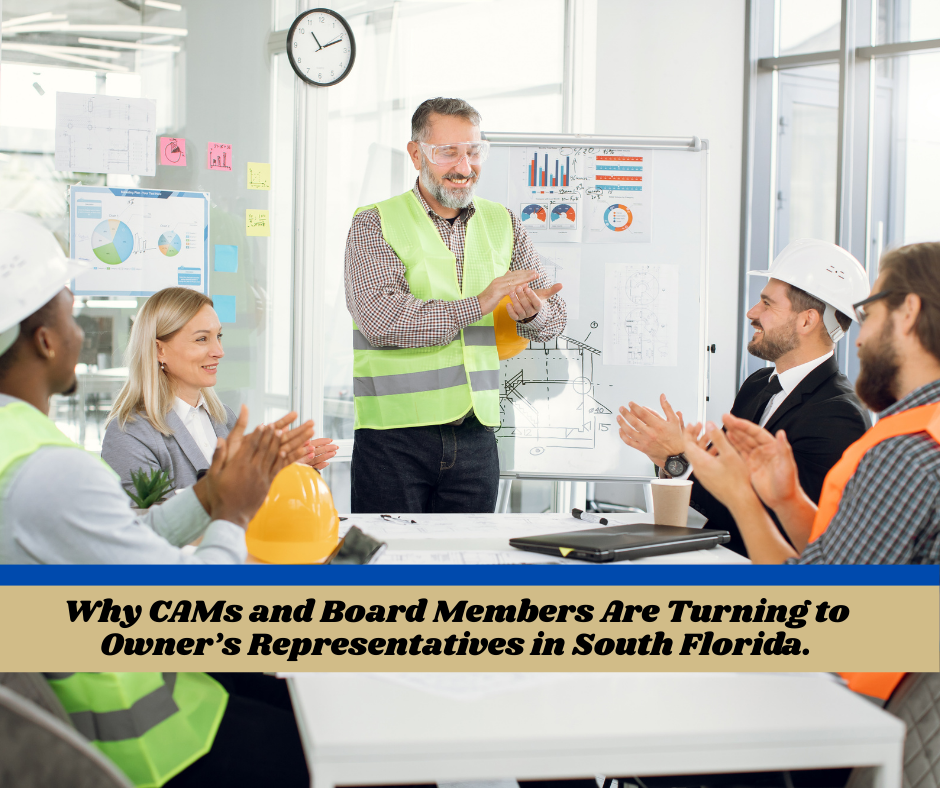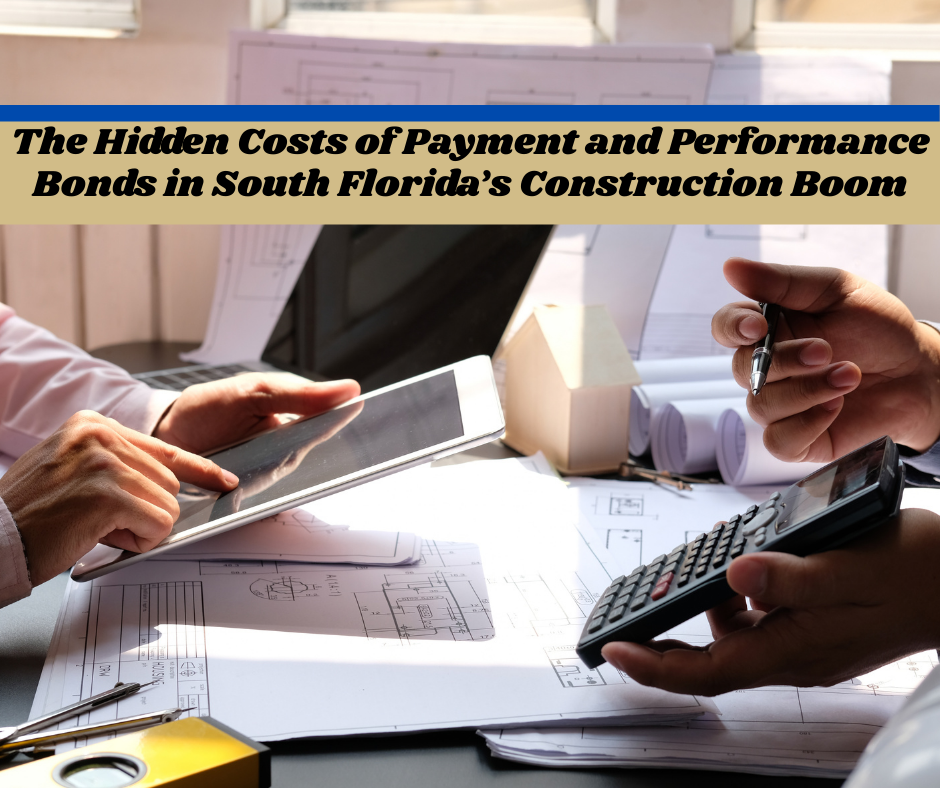Sufficiency Analysis in Construction Projects

Overton Construction and Consulting as a consulting expert was retained to perform a Sufficiency Analysis on a project in South Florida. A Sufficiency Analysis or Sufficiency of Settlement Analysis is a type of analysis that is typically used in construction, insurance and legal contexts to evaluate whether the proposed settlement amount is adequate to fully resolve the dispute or claim. I have heard it called by many other names by different people, but this term makes the most sense.
Generally, at some point during the mediation the defense will make some type of offer to the plaintiffs to settle the case. Without this analysis there is no way the association would know if the settlement is sufficient to cover the cost of repairs, hence the name, Sufficiency of Settlement Analysis.
What do we do during the course of the analysis?
We read through the expert reports to include the Cost Of Repair and building assessment reports from destructive testing, we perform a detailed inspection of the community and note any repairs needed, we define, quantify the scope of work, we create a bid matrix and RFP manual to solicit bids, we use a combination of one of the most powerful estimating systems available along with subcontractor bids and historical date of past jobs we have produced to get real world numbers, we finalize our estimate numbers and generate a report. It can also be used as a cost breakdown, risk assessment, schedule impact or comparative analysis.
At this point the association now has a quantified and detailed scope of work and price to do the repairs. This analysis allows the client to seriously consider the defenses offer or hold out for a better deal. The client may also want to go to trial. If the client does accept the deal we can now move right into Phase 2 repairs with all the data produced in Phase I.
Other cost estimates we provide.
Cost of Repair, Cost of Completion, Damages Analysis.
At what other times might this type of analysis be used? Change order disputes, contract closeout procedures, insurance claims, dispute resolution or litigation preparation.
Benefits of performing this analysis can also include financial and legal exposure, supports objective and defensible decision making, helps avoid future claims or re-litigation and it will provide documentation of due diligence for audit or compliance purposes.
Now you know a little more about the 558/Construction Defect Claims and you have also learned more about what we do on the consulting/expert witness/preconstruction services side of the business. If you have any questions, do not hesitate to contact us.
We serve the entire State of Florida.
Paul Overton
Overton Construction and Consulting
📞 1-855-60 OVERTON | ✉️
paul@overton-construction.com
#construction #558claims analysis #expert #educate #constructiondefects #insuranceclaims #solutions #HOA #condoassociations #CAM #consulting #expertwitness #reconstruction #generalcontractor







